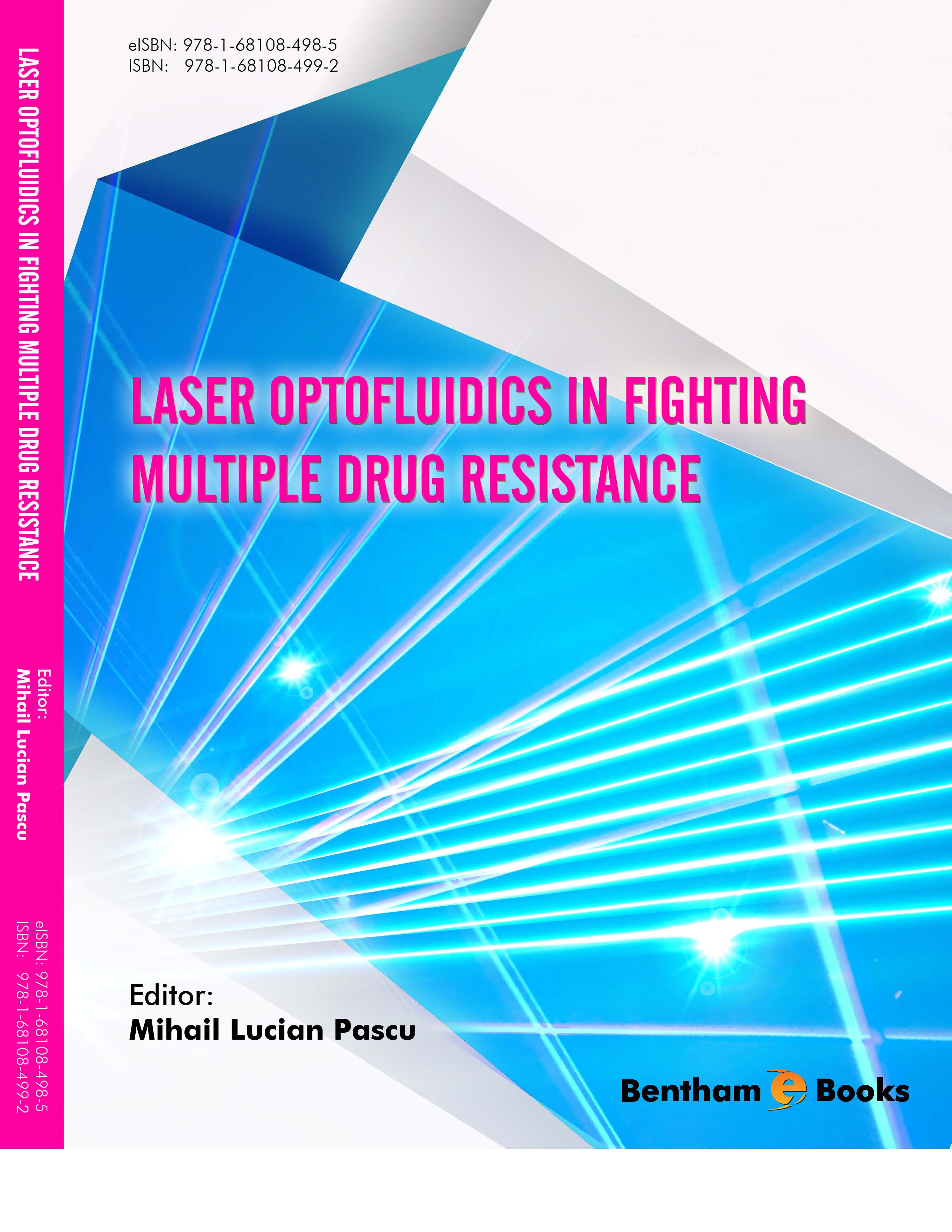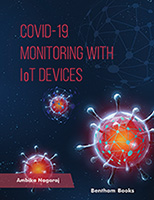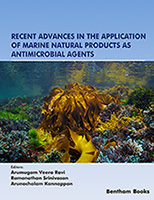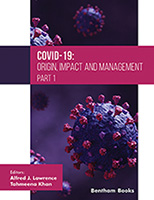This book is proposed as a synthesis of inter- and multi-disciplinary results about new and somewhat unconventional methods and means to fight multiple drug resistance acquired by microorganisms and tumours. Essentially, two are the main directions along which the book text is elaborated:
(i) Modification of non-antibiotic medicines by exposing them at un-coherent, or laser optical radiation so that from an initial compound that is not efficient in combating bacteria or tumours one obtains photoproducts which alone or by synergetic action receive bactericide or, possibly, tumouricide properties. Examples are given regarding several classes of medicines, pointing out particular compounds amongst cytostatics, phenothiazines, quinazolines and hydantoins and showing how the generated photoproducts may be identified by methods belonging to spectroscopy, microfluidics, optofluidics, chromatography and mass spectrometry.
(ii) Developing new vectors to transport medicines to targets based on optics and micro-spectroscopy methods. These vectors are microvolumetric droplets of water solutions that contain parent medicines and have two roles. First, is to allow fast modification of their content by exposing them to pulsed laser beams so that photoproducts with bactericide properties are generated via resonant interaction between one beam and one single droplet. The second, is splitting the droplet by its unresonant interaction with another laser beam having suitable properties, so that nano-droplets and micro-droplets are generated which contain the photoproducts and propagate at supersonic or, respectively, subsonic speeds towards the target.
The target readers of the book are medical doctors, physicists, optofluidics and microfluidics specialists, photochemists, biologists, laser spectroscopists as well as specialists in a broad area of domains ranging from delivery methods of medicines using different sorts of fabrics, to the use of multifunctional medicines in outer space missions, after passing hypergravity conditions. A particular target group is constituted by students experimenting in laser spectroscopy, biology, biomedicine, photochemistry, biophotonics and microfluidics since the book provides new and innovative information about behavior of liquid drops, foams, emulsions and bubbles at interaction with laser radiation and the possible applications of the results in the former mentioned fields.
The book is conceived not only as a coherent synthesis of new results, but also as a source of novel ideas, yet untreated, that are proposed to the readers as working variants in future research. This approach would allow, among others, a fast and flexible reaction in the fight against naturally or accidentally occurring multiresistant microorganisms and tumours, with fast enough results to allow a rapid deal with environment unexpected changes.
A particular interest is devoted to the use of laser spectroscopy and related methods for making available multifunctional drugs that may be applied for treatment of humans or for the decontamination of modules during space flights, in the conditions in which confined small spaces are used in isolation regime for long time intervals, as happens in interplanetary missions. Another subject of interest is the micro-lasers or micro-lasing droplets that emit in free space around them and may be used in a large area of biomedical and technological applications.
The editor would like to thank:
-
Dr. Tatiana Tozar for valuable assistance in placing the book text in the printing house template and for detailed checking of figures, tables, list of contributors and abbreviations.
-
Dr. Andra Dinache for final overall critical reading of the text book.
-
Dr. Viorel Nastasa for assistance in internet connections with the printing house.
-
The Laser Spectroscopy Group of the National Institute for Laser, Plasma and Radiation Physics in Bucharest, for the team work that made possible harvesting together this book.
Mihail Lucian Pascu
Laser Department,
National Institute for Laser,
Plasma and Radiation Physics,
Romania





